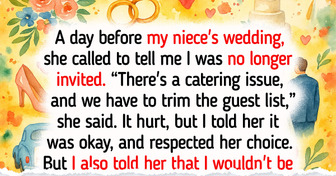The only thing is not the change this posture unconsciously right after you fall asleep! ?
Which Sleeping Posture Is Right to Reduce Your Type of Back Pain
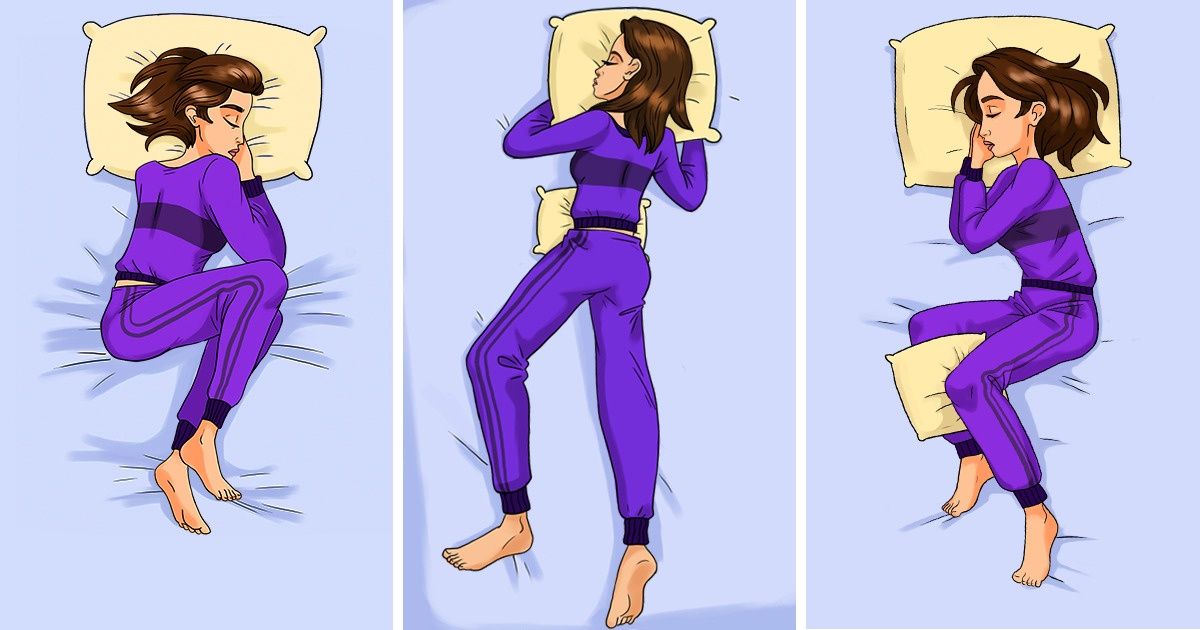
The odds are against you. About 80% of the population will suffer from back pain at least once in their lives. Either you’re struggling with it now or you want to be prepared just in case it pays a visit and it’s a relief to know that an easy solution is readily available: You can change your sleeping posture to address the type of pain you’re undergoing.
1. Neck and upper back pain
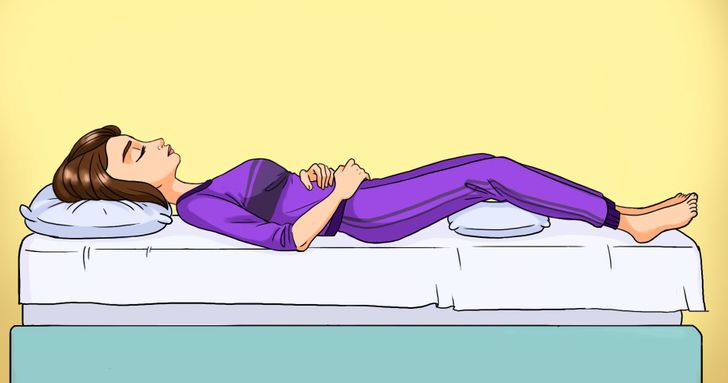
How does it help?
Sleeping on your back spreads your weight evenly over each part of your body. This way, you put less pressure on localized areas, like your neck and upper back. It also works to align your spine and inside organs. The trick is adding a pillow to support your neck and another to support your knees, as this will help keep the natural curve in your spine.
2. Pain along your spine
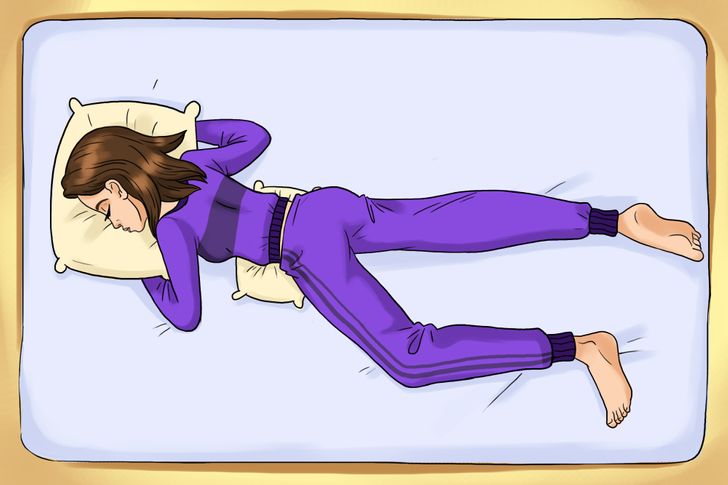
How does it help?
This is a good sleeping position for people who usually sleep on their stomach, and it’s hard for them to fall asleep in any other position. Add a pillow under your belly and the upper part of your pelvis. Make sure it’s a thin one, no thicker than 3-inches. As a result, you’ll be able to get to sleep while the support of the pillow under your abdomen does the trick of diminishing the pressure on your back. No results? Try taking away the pillow below your head.
3. Lower back pain
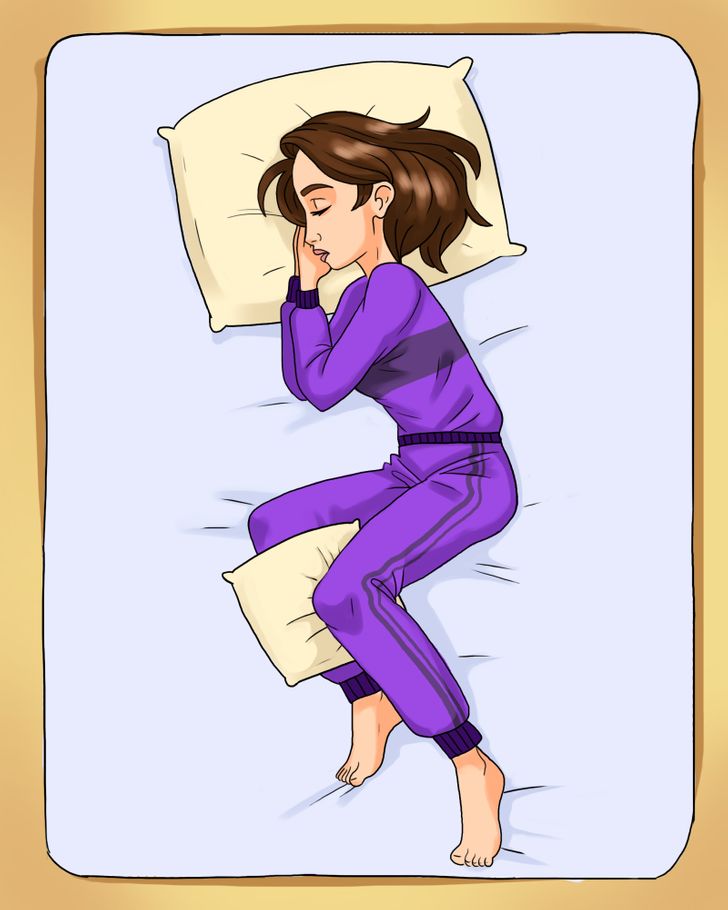
How does it help?
When you sleep on your side, you force your spine to curve in an unnatural position, adding extra weight for your lower back to carry. It’s best to bend your knees slightly upward and place a pillow between them. This way, you skip the strain your lower back would have had to suffer and help it maintain its natural curvature until you wake up.
4. Lumbar pain
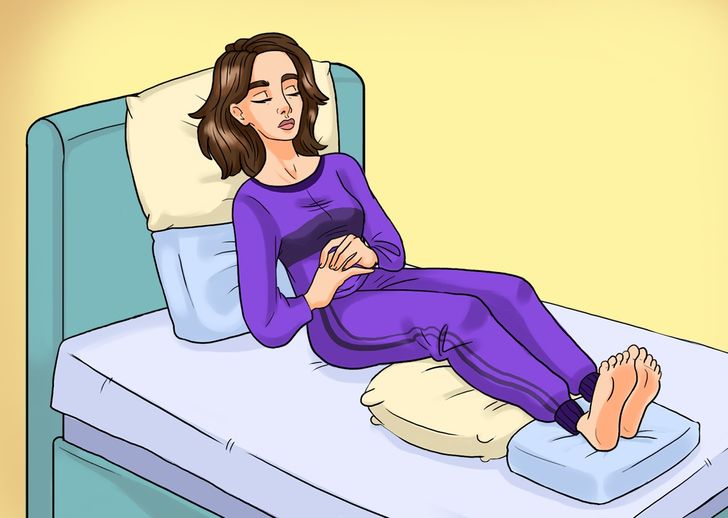
How does it help?
If you suffer from pain in the lumbar area located on your lower back, sleeping in a reclined position may help you. You would be stretching it and eliminating the possibility of a strain on it. Put some cushions and pillows behind your back and neck to create enough support to adjust for the natural curvature. For extra comfort, place more pillows under your knees and feet.
5. Tensioned nerves
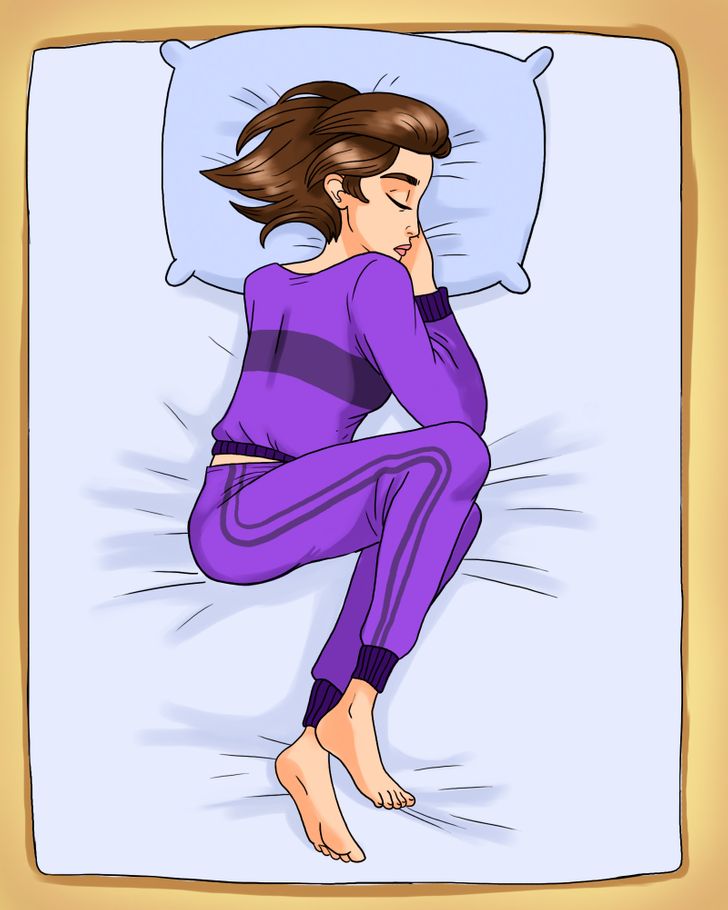
How does it help?
If one of your spinal discs has managed to slide away from its natural position slightly, you will feel pain. Try this position that allows you to widen the space between each vertebra and push them to relocate to their original position. Bending your torso like this will ease the pressure over your vertebrae and nerves, relieving you from your back pain.
Changing the way you sleep is hard, make a plan.
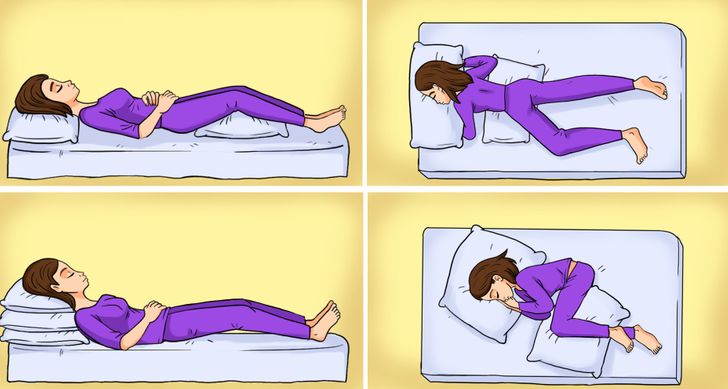
You may think that it will be too hard to change the way you’ve been sleeping for years, and it is, but only the first few nights. Once you wake up pain-free and rested, you’ll be assured that you’ve found a new sleeping position and you won’t change it for the world. If you’re not sure which one fits you the best, here’s a plan: Select a couple on this list that you believe will tackle your back problem and test them for a few nights. See which one helps you the most.
Would you try one of the sleeping postures we selected? What’s your trick to get a full night’s sleep and to feel rested the next day? Contribute to the community and write your tips below!
Comments
Wow, that's great!
I experience a lot of back pain lately, but I will try your advice and see if it actually helps. Thank you.
Not sure if it's easy to fall asleep in the sitting pose.. but my gran has lumbar pain, I will show her this piece of advice. Let's see if it helps!
this will be helpful
Related Reads
I Refused to Babysit My DIL’s Sick Son—I’m Not His Real Grandma

13 Stories Proving That Female Solidarity Turns Ordinary Women Into Legends

13 People Share the Things They’ve Been Hiding From Their Partners for Years

14 Mother-in-Law Moments That Became a Legendary Family Story

A Server Humiliated My Wife During Our Family Lunch—I Made Sure Everyone Knew

11 Stories Prove It Takes a Real Superpower to Handle Rude Customers

My Daughter Refused to Support Me—Despite Everything I Had Given Her

15 Stories That Show Kindness Is the Quiet Power the World Often Forgets

My DIL Excluded Me From Gender Reveal Party, Saying I’m "Not Family"—Big Mistake

I Absolutely Refuse to Tolerate My DIL’s Laziness, My Son Deserves a Wife, Not a Freeloader

My In-Laws Told Me Not to Share a Bed With My Wife—I Am Furious

My Niece Uninvited Me From Her Wedding the Night Before — Then Blamed Me for Ruining Everything
